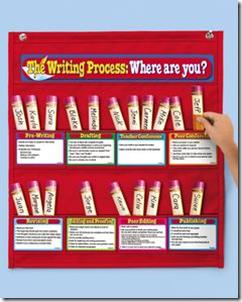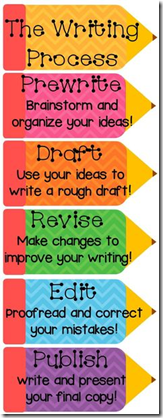The 5 Stages of an Author's Reaction to Editorial Notes
/I just completed what might be the final edits to my next novel, The Other Mother. After turning in the manuscript to my editor, she returned it to me with editorial suggestions.
I considered the suggestions carefully, agreed with more than 90% of them, and made the changes. After reviewing my revisions, my editor returned it to me with another round of suggestions, and I repeated the process.
Wash. Rinse. Repeat.
I think we might finally be done.
The revision process is a good one. It always makes a book better. Typically, the suggestions made by my editor cut away the chaff, help to strengthen themes, and bring greater clarity to character and scenes.
But it's also a process fraught with emotion. I don't always agree with my editor's suggestions. Occasionally I am baffled by her ideas. Confused by her thoughts. Annoyed by her comments Every now and then, I am appalled at what she has recommended.
I've broken this emotional response down into 5 stages.
Gratitude: My editor has saved me from a lifetime of embarrassment. I am so stupid. A truly terrible writer. An imposter. I can't believe that she still wants to publish this book. I can't believe that she's still willing to talk to me. I have the best editor on the planet.
Contentment: A good suggestion. A solid choice on my editor's part. So happy to have her on my side.
Ambivalence: Fine. I mean, it could go either way, but fine. I can make that change. I'm a fairly agreeable soul.
Acquiescence: No way. It ain't happening. I mean... if she really feels strongly about this one, I might be able to find a way to agree. Or at least meet her somewhere in the middle. I don't love the idea, but it's not like she's asking me to cut off my hand. Still, I think my way is better.
Refusal: Does she have any idea how long I spent crafting that sentence? That paragraph? What chapter? There is no way in hell I am changing a single word of that section. She must've been drunk when she was editing this page.
Happily, about 95% of all of my editors suggestions fall into one of the first three stages.
But that final 5% can really hurt.


